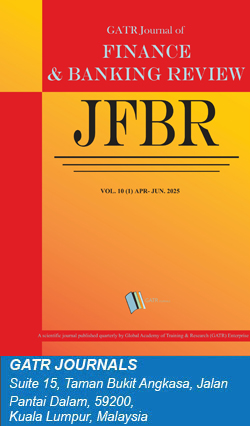Objective -
The study examines the relationship between foreign exchange risk and hedging strategies across multiple time horizons using a wavelet multiscaling approach involving nine listed healthcare firms in Malaysia.
Methodology/Technique –
The study involves a 3-stage analysis, where the first stage adopts the Maximal Overlap Discrete Wavelet Transform (MODWT) technique for time series decomposition. The second stage focuses on assessing scale-dependent foreign currency risk. The third stage employs cross-sectional regression analysis to determine the impact of various hedging strategies on foreign exchange risk at each time scale, spanning the period from January 2019 to December 2022.
Findings –
The study reveals that exchange rate risk increases non-monotonically across time scales and intensifies with a longer time horizon, indicating increased vulnerability of firm value to foreign exchange risk over time. For the risk-hedging relationship, the study identifies that foreign currency derivatives (FCDs) are effective in managing short-term exposure, while the effectiveness of long-term exposure remains inconclusive. Given the significant time scale effect in exchange risk pricing, the study suggests that the risk management framework should integrate time horizon considerations to enhance the effectiveness of hedging strategies.
Novelty –
The study integrates the application of the wavelet technique in quantifying foreign currency risk, assisting corporate managers and market players in managing foreign exchange risk over a defined time frame.
Type of Paper -
Empirical
Keywords:
Currency risk; multi-horizon exchange rate; Healthcare Sectors; Wavelet Analysis; MODWT.
JEL Classification:
F31, F39
URI:
http://gatrenterprise.com/GATRJournals/JFBR/vol10.2_1.html
DOI:
https://doi.org/10.35609/jfbr.2025.10.2(1)
Pages
41 – 61


